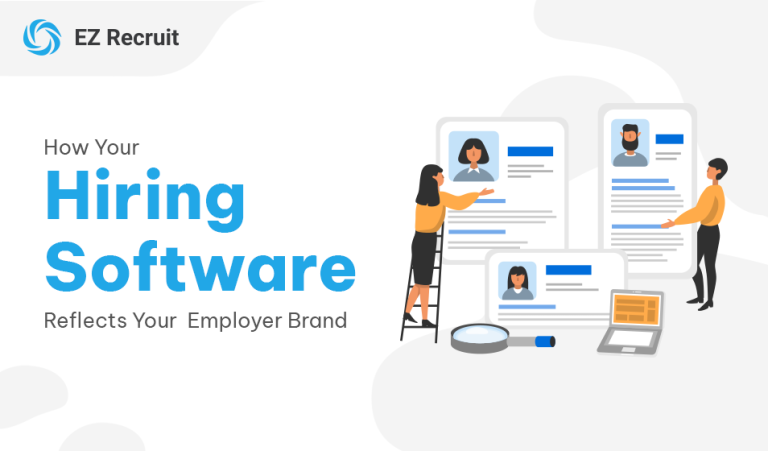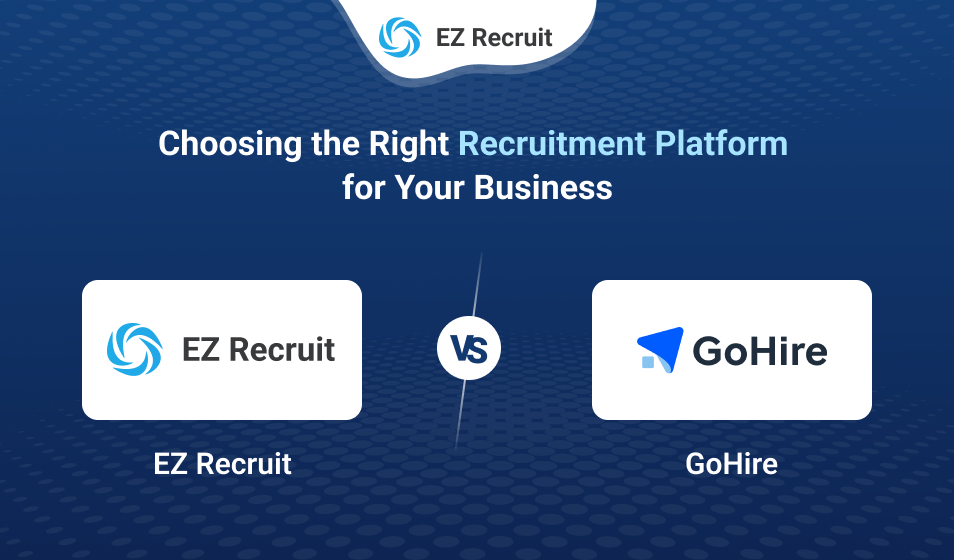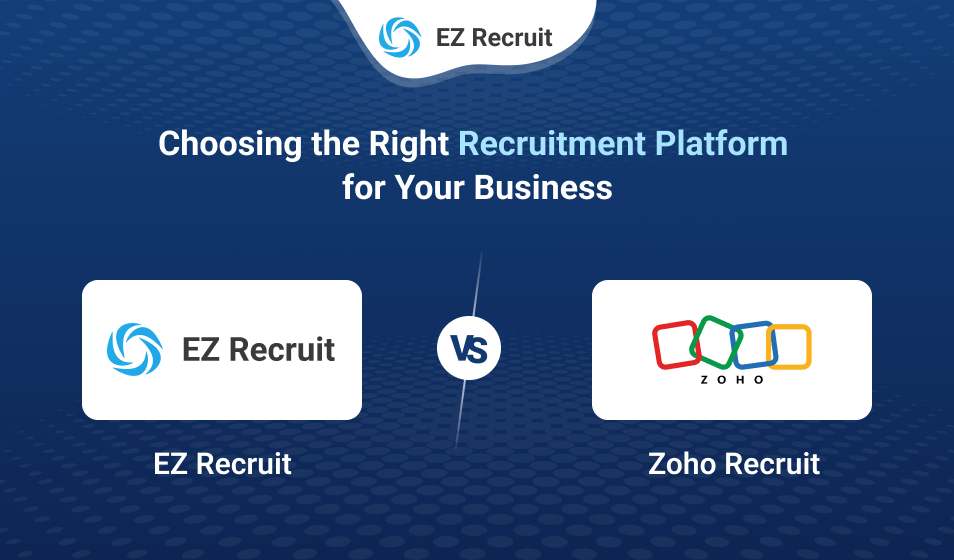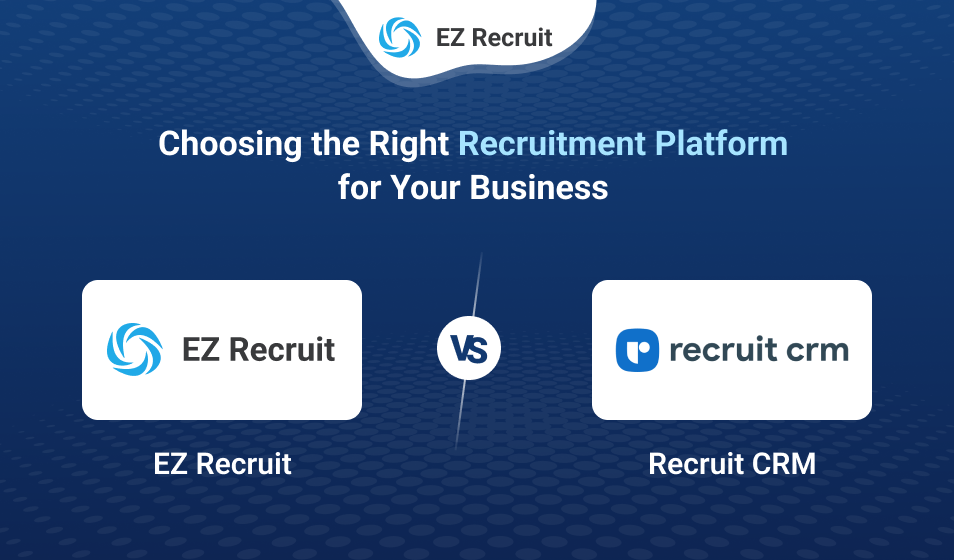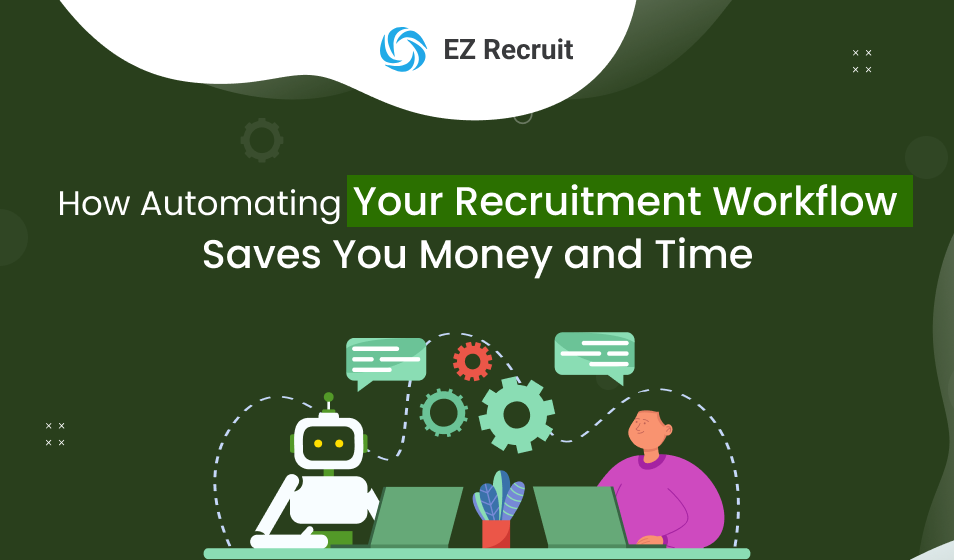First impressions aren’t made during the interview anymore, they happen the moment a candidate interacts with your hiring software.
Imagine this: a talented developer discovers your job listing. She’s impressed by the role, excited about the company, and eager to apply. Then she clicks “Apply Now” and lands on a clunky, outdated job portal that demands that she re-enter her resume line by line. Ten minutes in, frustrated and underwhelmed, she abandons the process. You just lost a high-potential hire, and she’s now telling her network to steer clear of your company. This isn’t just a broken application experience. It’s a broken employer brand, one that could have been avoided with the right HRMS software streamlining the hiring process.
A modern HRMS software ensures a seamless, candidate-friendly application journey, protecting your employer reputation while attracting top talent. Don’t let outdated systems cost you your next great hire.
Your Hiring Software Is Your Brand Experience
In today’s talent-driven market, your hiring software isn’t just a tool, it’s a digital front door to your culture, values, and professionalism. While employer branding often focuses on perks, culture decks, or social media posts, candidates experience your brand most viscerally through your hiring process. And the engine driving that process? Your hiring software. A smooth, intuitive, and responsive platform signals that your company values efficiency, respects candidate time, and embraces modern tools. Conversely, outdated, buggy, or generic systems suggest disorganization, lack of investment in people, and a poor digital culture.
Here’s how your hiring software plays a pivotal role in shaping and sometimes damaging your employer brand.
1. User Experience Is Brand Experience
Candidates aren’t comparing your application process only to that of other employers. They’re comparing it to Amazon, Spotify, and Google, the digital experiences they use every day. If your hiring platform feels like a clunky relic from the early 2000s, it sends a clear message: “We’re behind the times.”
An excellent user experience includes:
- A mobile-optimized interface
- Short, intuitive application steps
- Pre-filled resume parsing
- Clear communication and status tracking
2. Your Software Reflects Your Internal Culture
Just like candidates size up a company’s physical office space during an on-site interview, they now evaluate your digital tools to get a sense of your internal operations. If your hiring software, powered by modern HRMS software, is sleek, automated, and transparent, it suggests a company that values modern workflows and empowers its teams.
On the other hand, outdated tools scream bureaucracy, slow decision-making, and a lack of innovation. That’s a red flag, especially for high-performing candidates who value agility and clarity. Investing in the right HRMS software isn’t just about efficiency, it’s about sending the right message to top talent.
3. Speed Signals Respect
Your hiring software directly affects how quickly you can screen, schedule, and communicate with candidates. Slow, manual processes send a strong (and negative) signal: that your organization doesn’t value people’s time. Worse, delays often feel like ghosting, even if they’re due to backend inefficiencies. A system that automates follow-ups, provides real-time updates, and allows for quick scheduling shows candidates that:
- You respect their time
- You move with intent
- You’re organized and responsive
- All of these reinforce a positive employer brand, even among candidates who aren’t ultimately selected.
4. Personalization Drives Connection
The best hiring software doesn’t treat candidates like interchangeable resumes. It allows you to personalize communication, track candidate journeys, and tailor interview experiences.
If your platform sends robotic emails, fails to address candidates by name, or offers no visibility into where they stand, it builds frustration and detachment. But when candidates receive timely, personalized updates, it creates a sense of connection, even before a human recruiter speaks to them. In a talent market where reputation spreads quickly, this level of thoughtfulness can differentiate your brand significantly.
5. Data Security
Top-tier candidates are aware of data privacy. If your hiring software appears insecure, or you’re using patchwork systems for resume collection and interview scheduling, it creates unease.
Your platform should:
- Use secure, encrypted portals
- Clearly explain how data is used
- Allow candidates to control their information
- Trust is part of your employer brand. And trust begins with how you handle someone’s personal data.
6. Post-Application Experience Matters Too
Even rejected candidates are brand ambassadors or detractors. Your hiring software should offer post-application feedback, status tracking, or at least a respectful closure. Candidates talk, especially in niche industries. A ghosted or ignored applicant might be your future client or the future hire of a competitor who treats them better. An applicant tracking system that facilitates warm rejections, survey feedback, and talent pool nurturing enhances your reputation, even when delivering disappointing news.
The Conclusion
Think of your hiring software the way you’d think of a customer-facing website. Is it easy to navigate? Fast? Insightful? Does it reflect your values and attention to detail? If not, it’s time to rethink the tools behind your hiring process.
Because in the war for talent, it’s not just your benefits, office, or mission that matter. It’s how you show up in the moments that candidates interact with you digitally. And your hiring software is the first and sometimes only place that happens. In the end, you’re not just recruiting talent. You’re broadcasting your brand. Make sure your software is saying the right things.
